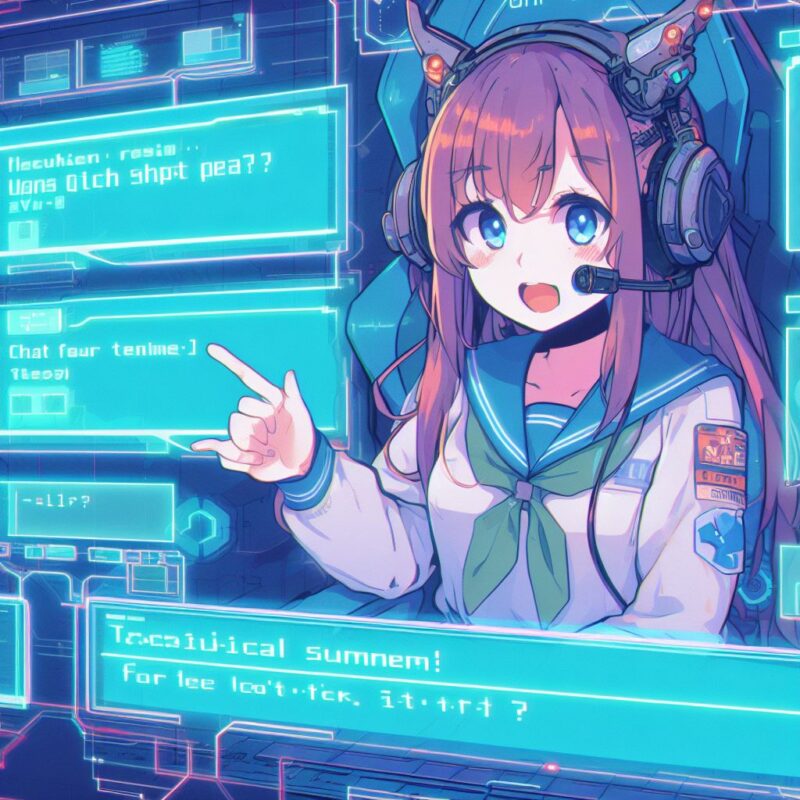CHAT-GPT
How to Write CHAT-GPT Prompts to Create Technical Summaries
Let’s now look at how to write the actual prompt to summarize the text.
After you’ve uploaded the material to Chat-GPT/Claude/Poe, you must write a prompt (actually a series of prompts as can refine the summary results as you progress).
The simplest way to do this is to ask Chat-GPT how to create summaries, which is what I did.
Here are some prompt tips from Chat-GPT on how to generate summaries:
- Ask it to summarize a specific text or article by providing the title, author, and a link or copy of the full text.
- Give some background context or high-level information about the topic before asking it to summarize. This gives Chat-GPT more understanding of the overall topic.
- Ask follow-up clarifying questions if the initial summary is missing key points or needs more detail. Questions like “What evidence supports those conclusions?” can help.
- Request different lengths of summaries, like a 1-2 sentence abstract, a short 1 paragraph summary, and a detailed 3-5 paragraph summary.
- Compare multiple summaries of the same text by slightly rewording your prompts. This helps identify key common points.
- Focus the summary on a specific aspect, such as only summarizing the methodology or conclusion sections.
- Write a summary from a certain perspective or for a particular audience.
- Request a bulleted list or highlight summary instead of paragraphs.
So, the idea here is to give it context, very specific instructions, and then refine the summary by asking more questions.
Essentially, you’re ‘training’ it to craft the summary to meet your expectation. At the risk of stating the obvious, it’s not a mind-reader, so you have to state very clearly what you’re expecting AND what you don’t want in the summary.
To do this, you can say, ‘avoid any repetitions in the summary’.
The next step is to refine the summary.
Related articles:
- How to use CHAT-GPT to Summarize Technical Documents
- How to Refine CHAT-GPT Prompts for Technical Summaries
- 11 More CHAT-GPT Prompt Writing Tips

